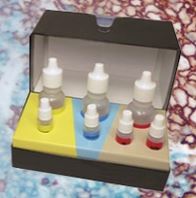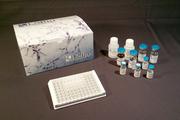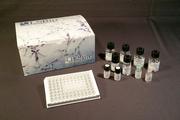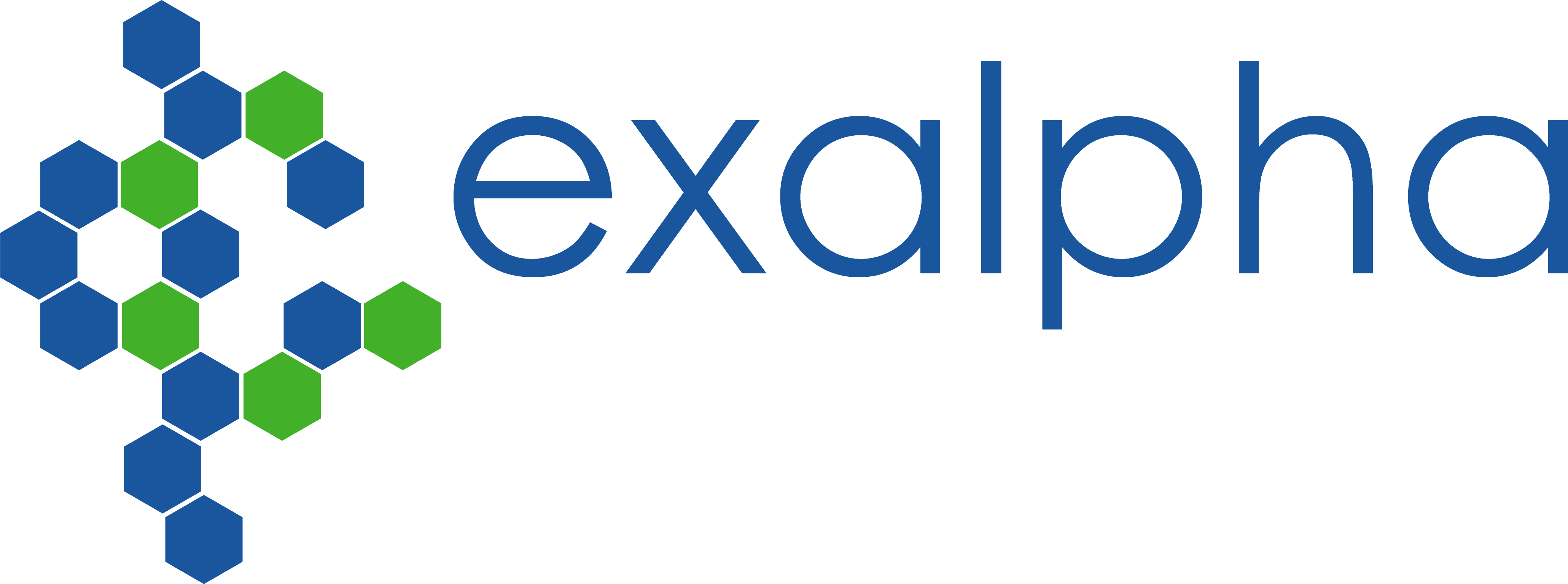Login
Registration enables users to use special features of this website, such as past
order histories, retained contact details for faster checkout, review submissions, and special promotions.
order histories, retained contact details for faster checkout, review submissions, and special promotions.
Forgot password?
Registration enables users to use special features of this website, such as past
order histories, retained contact details for faster checkout, review submissions, and special promotions.
order histories, retained contact details for faster checkout, review submissions, and special promotions.
Quick Order
Products
Antibodies
ELISA and Assay Kits
Research Areas
Infectious Disease
Resources
Purchasing
Reference Material
Contact Us
Locations
Orders Processing,
Shipping & Receiving,
Warehouse
2 Shaker Rd Suites
B001/B101
Shirley, MA 01464
Production Lab
Floor 6, Suite 620
20700 44th Avenue W
Lynnwood, WA 98036
Telephone Numbers
Tel: +1 (206) 374-1102
Fax: +1 (206) 577-4565
Contact Us
Additional Contact Details
Login
Registration enables users to use special features of this website, such as past
order histories, retained contact details for faster checkout, review submissions, and special promotions.
order histories, retained contact details for faster checkout, review submissions, and special promotions.
Forgot password?
Registration enables users to use special features of this website, such as past
order histories, retained contact details for faster checkout, review submissions, and special promotions.
order histories, retained contact details for faster checkout, review submissions, and special promotions.
Quick Order
| Catalog Number | Size | Price |
|---|---|---|
| LS-C94272-500 | 500 µg | $393 |
Polyclonal Sheep anti‑Human LIMK2 Antibody (phospho‑Ser291/Ser293, IHC, WB) LS‑C94272
Polyclonal Sheep anti‑Human LIMK2 Antibody (phospho‑Ser291/Ser293, IHC, WB) LS‑C94272
Antibody:
LIMK2 Sheep anti-Human Polyclonal (pSer291/Ser293) Antibody
Application:
IHC, WB
Reactivity:
Human, Mouse, Rat
Format:
Unconjugated, Unmodified
Toll Free North America
 206-374-1102
206-374-1102
For Research Use Only
Overview
Antibody:
LIMK2 Sheep anti-Human Polyclonal (pSer291/Ser293) Antibody
Application:
IHC, WB
Reactivity:
Human, Mouse, Rat
Format:
Unconjugated, Unmodified
Specifications
Description
LIMK2 antibody LS-C94272 is an unconjugated sheep polyclonal antibody to LIMK2 (pSer291/Ser293) from human. It is reactive with human, mouse and rat. Validated for IHC and WB.
Target
Human LIMK2
Synonyms
LIMK2 | LIM domain kinase 2 | LIM kinase 2 | LIMK-2
Host
Sheep
Reactivity
Human, Mouse, Rat
(tested or 100% immunogen sequence identity)
Clonality
IgG
Polyclonal
Conjugations
Unconjugated
Purification
Purified
Modifications
Unmodified
Immunogen
Synthetic peptide from the phospho S291 & S293 region of human LIMK2 (LIM domain kinase 2, LIMK-2) conjugated to an immunogenic carrier protein. The antigen is homologous in rat, mouse.
Epitope
pSer291/Ser293
Specificity
Specific for LIMK2.
Applications
- IHC
- Western blot

|
Performing IHC? See our complete line of Immunohistochemistry Reagents including antigen retrieval solutions, blocking agents
ABC Detection Kits and polymers, biotinylated secondary antibodies, substrates and more.
|
Usage
IHC: Antigen retrieval is essential for use on paraffin sections.
Presentation
Lyophilized
Reconstitution
500 µl Sterile water
Storage
Maintain lyophilized and reconstituted antibodies at -20°C for long term storage and at 2°C to 8°C for a shorter term. When reconstituting, glycerol (1:1) may be added for an additional stability. Avoid freeze/thaw cycles.
Restrictions
For research use only. Intended for use by laboratory professionals.
About LIMK2
Publications (0)
Customer Reviews (0)
Featured Products
Species:
Human, Mouse, Rat
Applications:
IHC, IHC - Paraffin, Western blot, Peptide Enzyme-Linked Immunosorbent Assay
Source:
Wheat
Tag:
GST, N-terminus
Source:
Human
Tag:
Myc-DDK (Flag)
Reactivity:
Porcine
Range:
0.31-20 ng/ml
Reactivity:
Human
Range:
0.156-10 ng/ml
Request SDS/MSDS
To request an SDS/MSDS form for this product, please contact our Technical Support department at:
Technical.Support@LSBio.com
Requested From: United States
Date Requested: 4/26/2024
Date Requested: 4/26/2024














